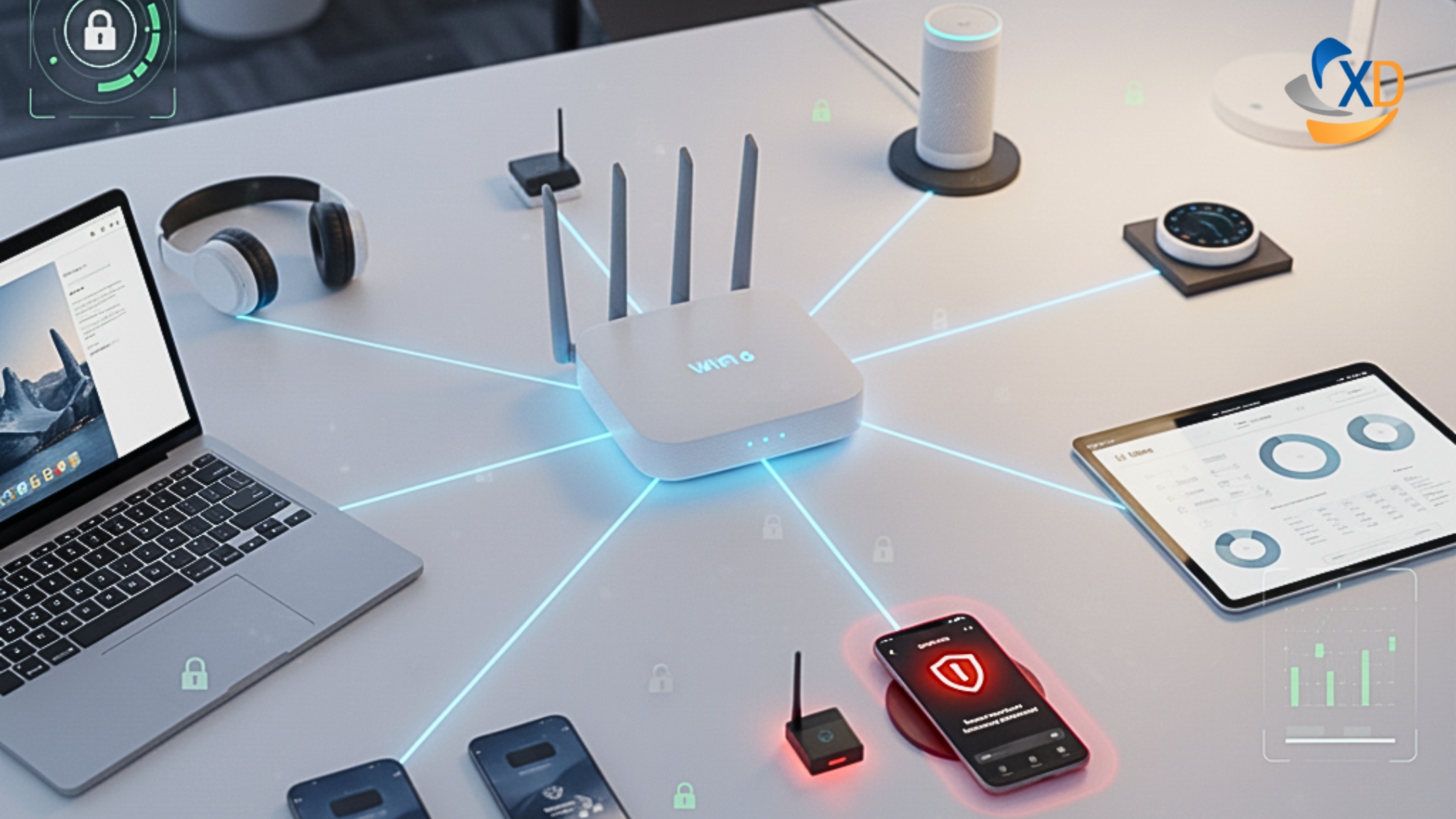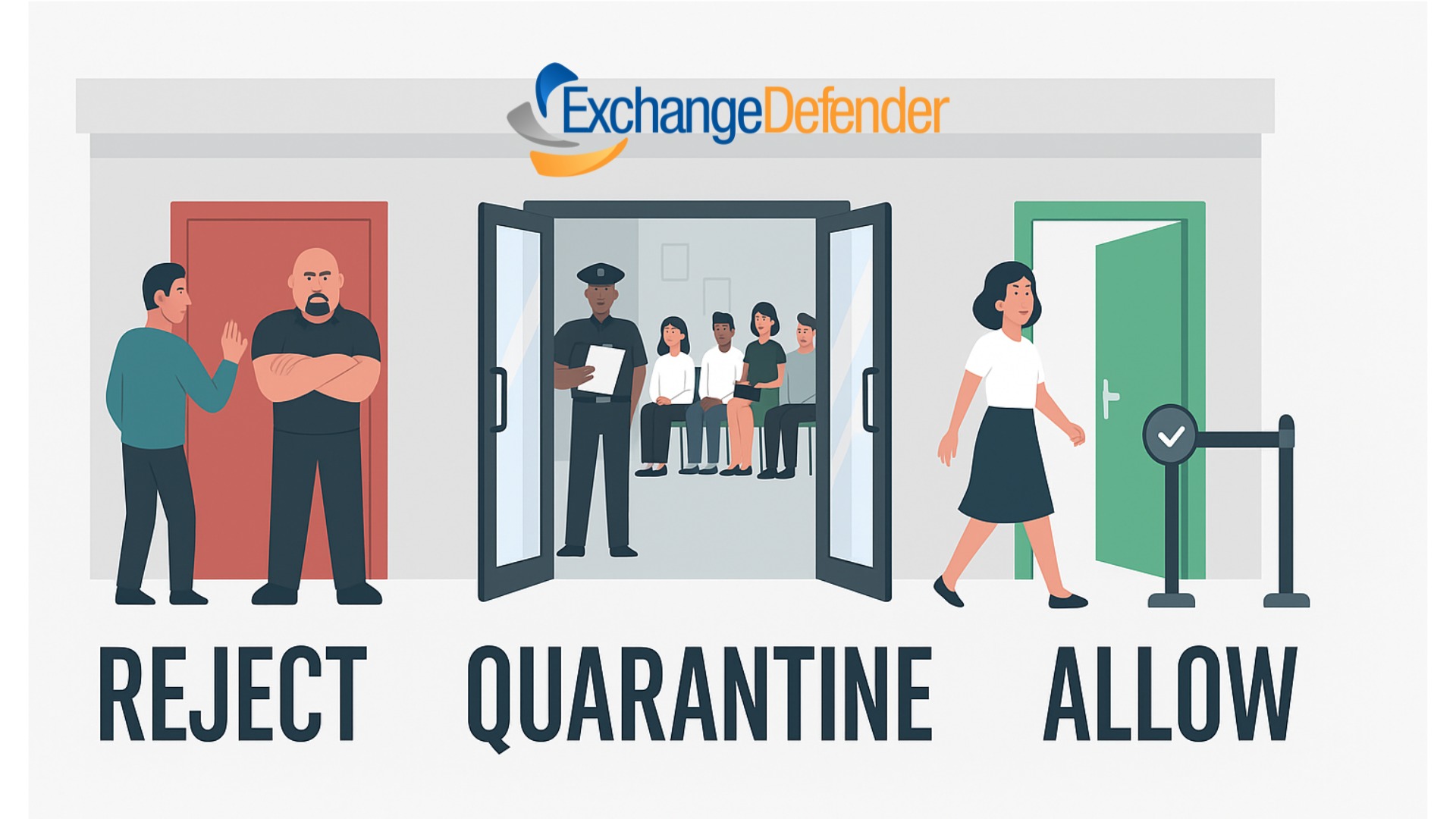Face-to-Face Communication
 I am going to forgo my normal blog post today and talk about an article I read recently. Over the weekend while cleaning up my office, I was thumbing thru last year’s magazines and came across an article titled, “The Importance of Face-to-Face Communication at Work” by Chuck Martin. Mr. Martin cited a survey that shows “67% of senior executives and managers say their organization would be more productive if their superiors communicated more often by personal discussion.” With the advent of technology in the work place, email has proven to be the leader in communication.
I am going to forgo my normal blog post today and talk about an article I read recently. Over the weekend while cleaning up my office, I was thumbing thru last year’s magazines and came across an article titled, “The Importance of Face-to-Face Communication at Work” by Chuck Martin. Mr. Martin cited a survey that shows “67% of senior executives and managers say their organization would be more productive if their superiors communicated more often by personal discussion.” With the advent of technology in the work place, email has proven to be the leader in communication.
However, further reading uncovered that many respondents to the survey stated that, “Personal discussion is the foundation of communication.” While Mr. Martin states that the majority of business leaders say their organization would be more productive with more personal discussion, most slip back into the easy, and sometimes impersonal, technology communication such as email, instant messaging, and texting. The article did then go on to state that technology communication is not all evil – it just has a place. It explained that if personal discussion is not warranted, then electronic forms of communication can be used as a choice. The article closes with stating that in the long-term, face-to-face communication assures a clear and concise message coming across.
While sitting at my desk, reading this article, I personally think this article deals straight to the point of what I believe is lacking in small to medium businesses today: Proper Communication. I also think that it is up to upper management to establish proper forms of communication within their organization and to make sure that their employees know these acceptable forms. Every organization should have an outlet for both managers and employees to engage in open and honest face-to-face communication. And while the article primarily discusses the communication relationship between management and the employees; it is important to expand this further into the role of partner and client.
Technological communication such as email, IMs, and texting all require that the technology is working properly when you press the send button. However, this is not always the case. And many people shirk situations when they have to talk to another person directly. This is because they have lost their basic communication skills. I am not saying we should frown upon using technology as a form of communication. What I am stating, or rather agreeing with, is the premise of this article: Know when to use technological communication and know when to use face-to-face communication to mutually benefit both parties.
Michael D. Alligood
Partner Sales & Support, ExchangeDefender & Shockey Monkey
michael@ownwebnow.com
(877) 546-0316 x707




